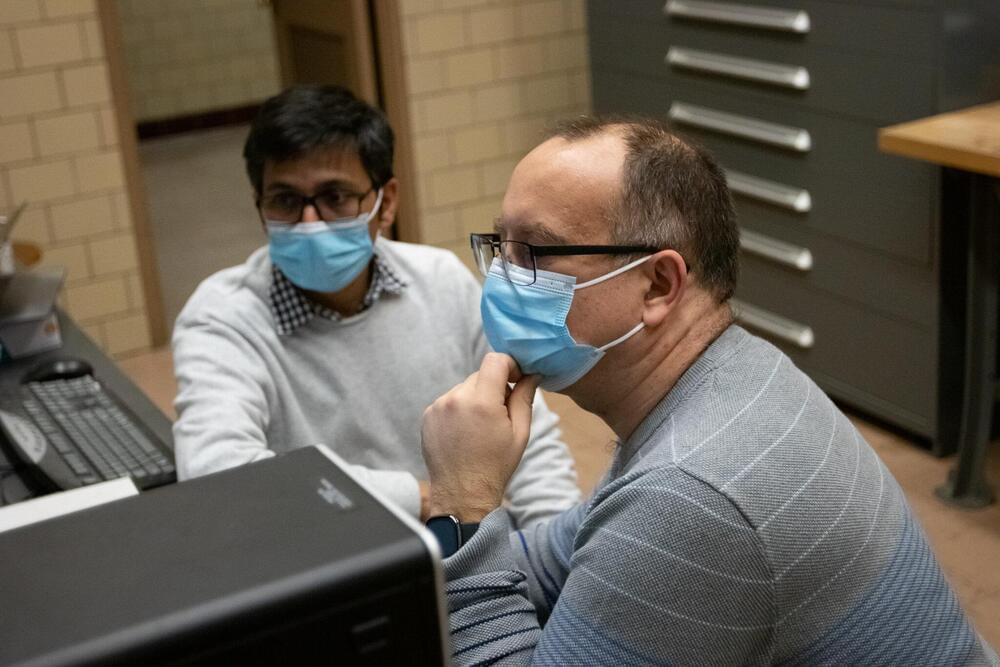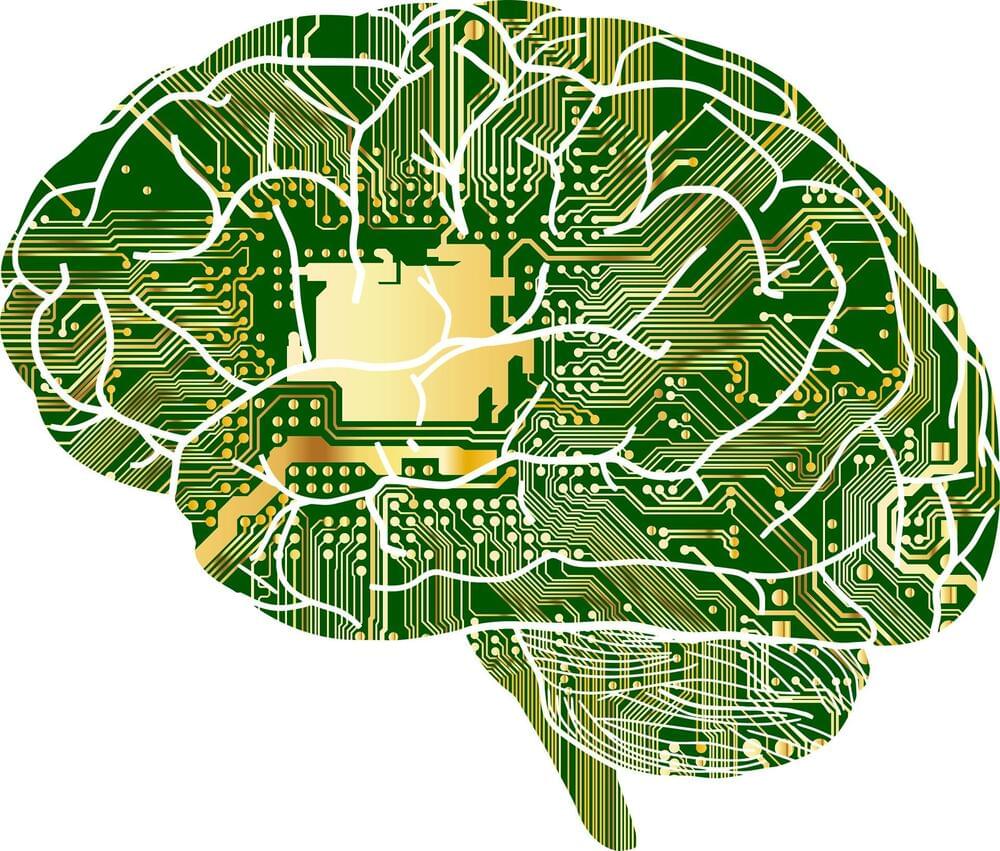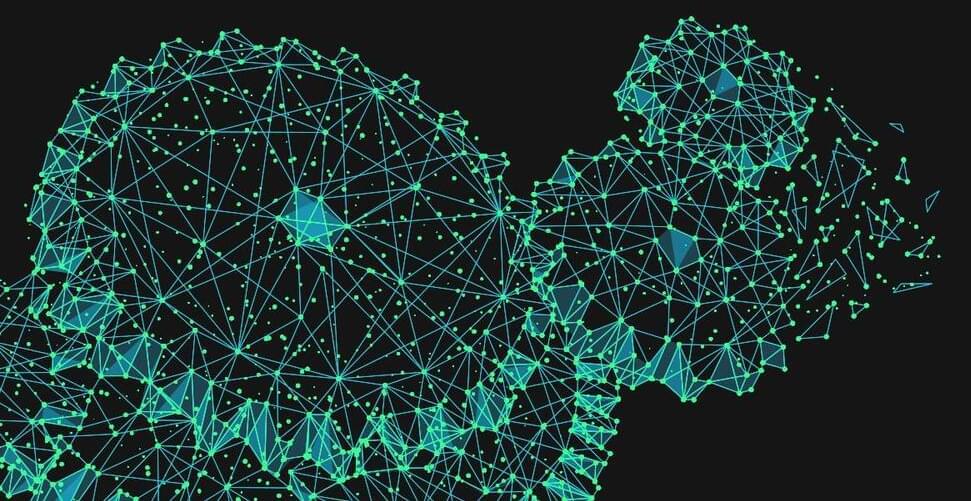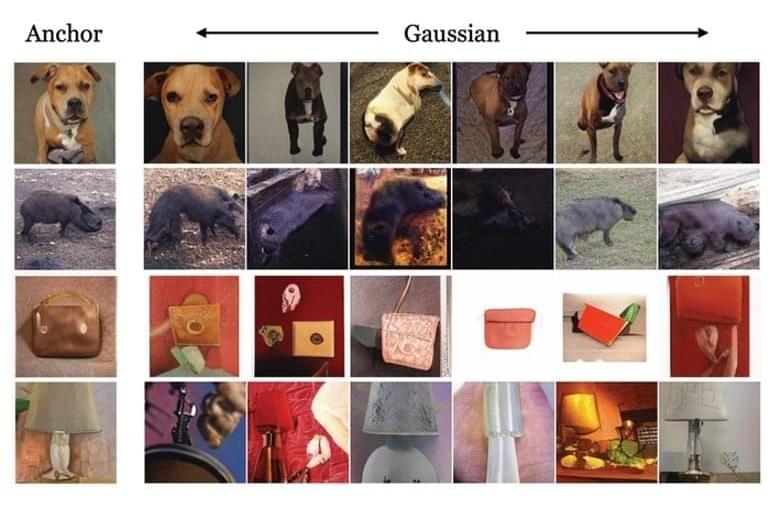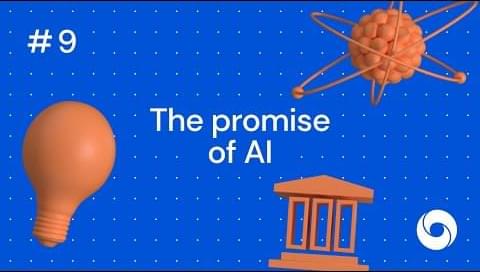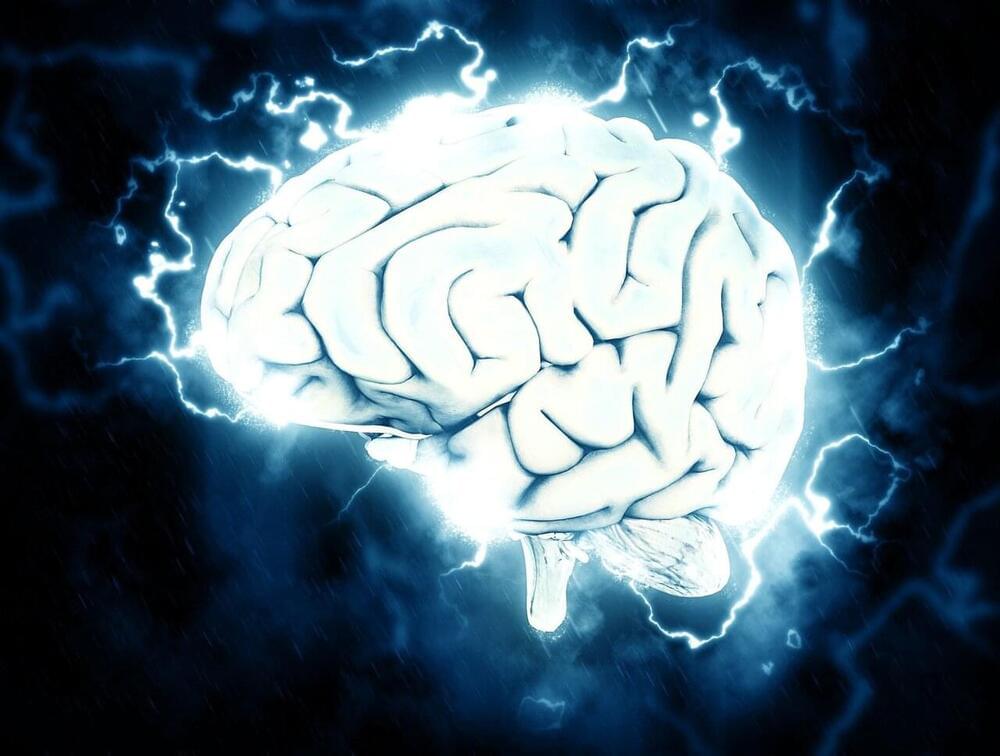Mar 18, 2022
Artificial intelligence paves the way to discovering new rare-earth compounds
Posted by Shubham Ghosh Roy in categories: chemistry, information science, robotics/AI
Artificial intelligence advances how scientists explore materials. Researchers from Ames Laboratory and Texas A&M University trained a machine-learning (ML) model to assess the stability of rare-earth compounds. This work was supported by Laboratory Directed Research and Development Program (LDRD) program at Ames Laboratory. The framework they developed builds on current state-of-the-art methods for experimenting with compounds and understanding chemical instabilities.
Ames Lab has been a leader in rare-earths research since the middle of the 20th century. Rare earth elements have a wide range of uses including clean energy technologies, energy storage, and permanent magnets. Discovery of new rare-earth compounds is part of a larger effort by scientists to expand access to these materials.
The present approach is based on machine learning (ML), a form of artificial intelligence (AI), which is driven by computer algorithms that improve through data usage and experience. Researchers used the upgraded Ames Laboratory Rare Earth database (RIC 2.0) and high-throughput density-functional theory (DFT) to build the foundation for their ML model.
